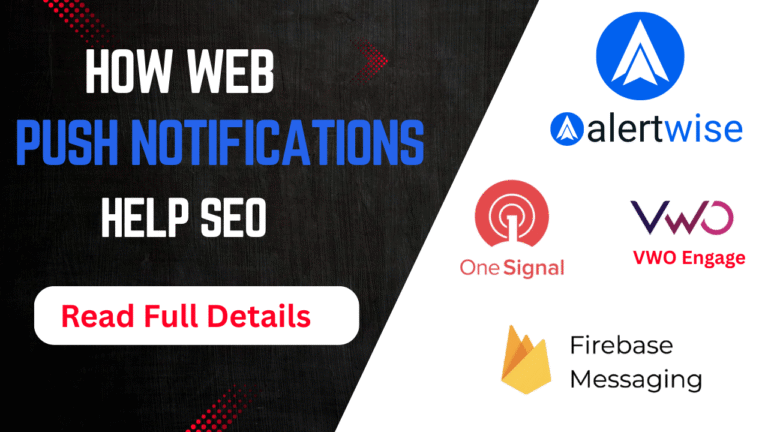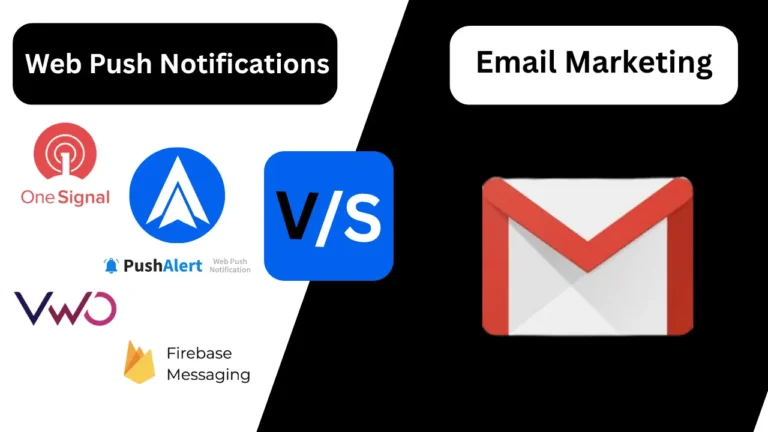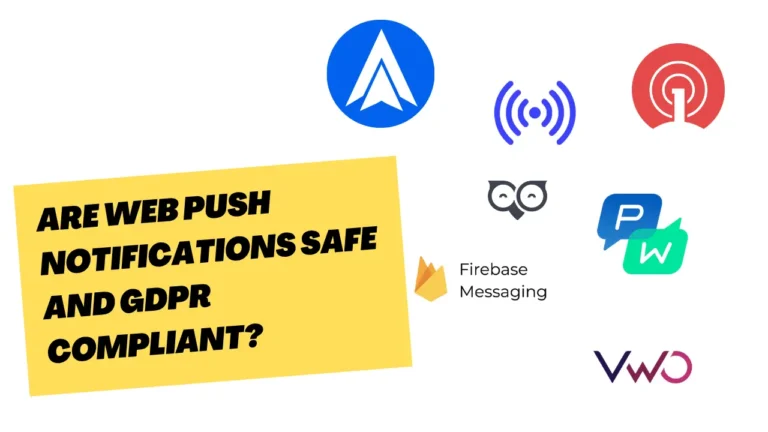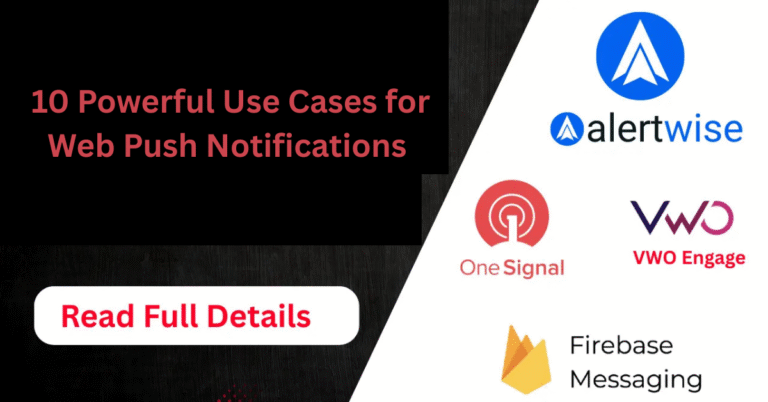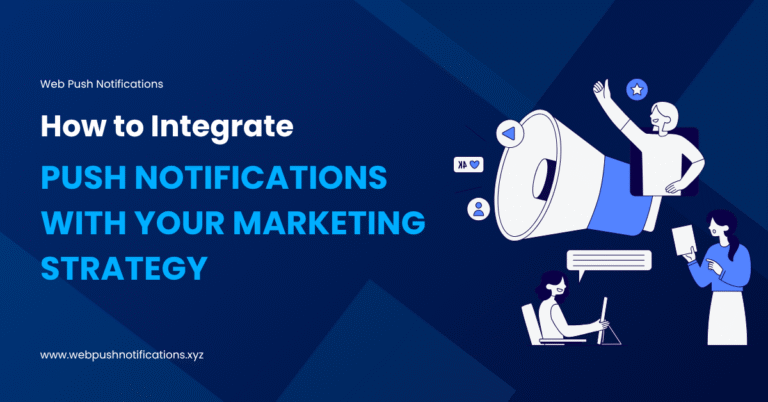How to Enable Web Push Notifications in Chrome, Firefox & Safari
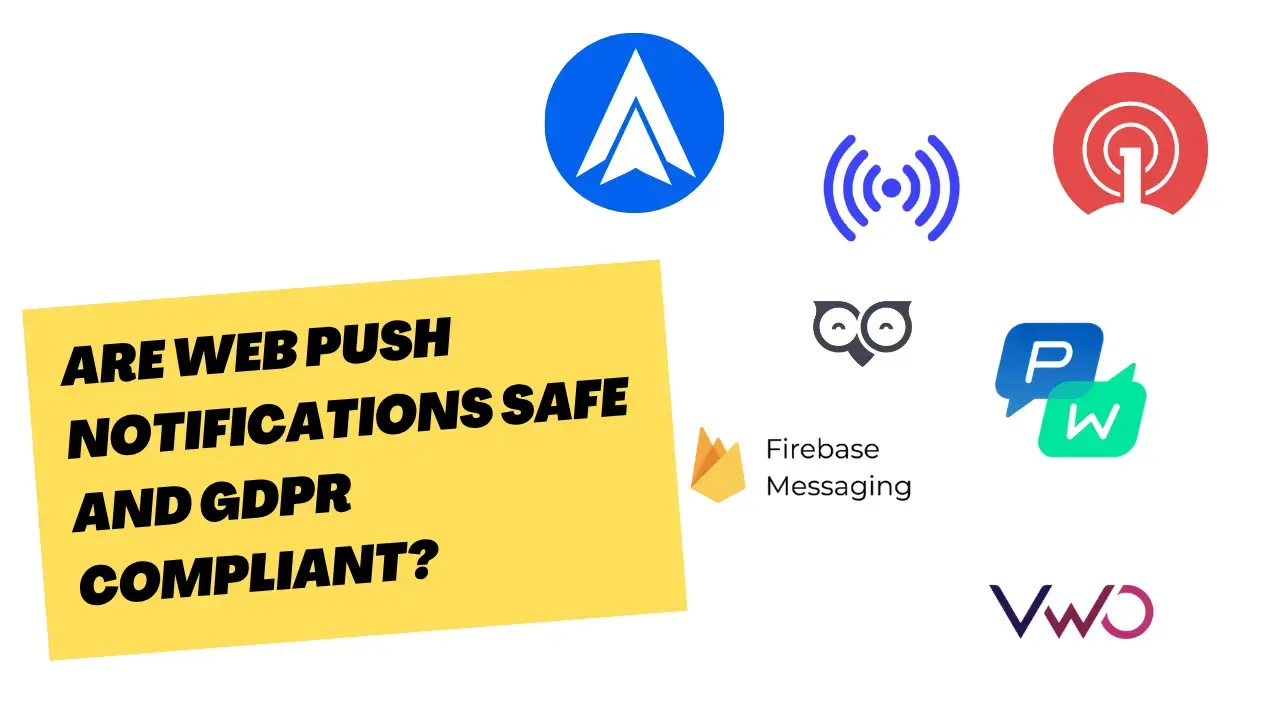
How to Enable Web Push Notifications – In today’s digital age, Web Push Notifications have become a powerful medium to establish direct communication between users and websites. Whether you want to get the latest news from a website, information about new products or updates on an offer – Web Push Notifications provides a simple and effective solution for all this.
In this article, we will learn in detail how to enable Web Push Notifications in Chrome, Firefox and Safari browsers. Also, we will discuss the benefits, risks and how to control these notifications.
What are Web Push Notifications?
Web Push Notifications are a type of alert that websites send to users through the browser, even if the user is not on the website at the time. These notifications can appear on both desktop and mobile platforms.
Main characteristics:
- Real-time updates: Notifications come whenever there is a new information.
- Increases user engagement
- Browser-based: No app required.
Why are Web Push Notifications important?
- Increase user engagement
- Remarketing tools
- Low-cost marketing solutions
- Provide personalized notifications to users
- Increase the number of returning visitors
How to Enable Web Push Notifications
Below you are told how you can add any notification tool to your Chrome, Firefox & Safari browser.
1. How to enable Web Push Notifications in Chrome?
Google Chrome is the most popular web browser and it fully supports Web Push Notifications.
Step 1: Open browser settings
- Open Chrome
- Click the three dots (⋮) in the top right
- Click “Settings”
Step 2: Go to Privacy & Security option
- Go to the “Privacy and security” tab
- Click on “Site Settings”
Step 3: Find the Notifications option
- Scroll down to Site Settings and click “Notifications”.
- There will be three options here:
- Sites can ask to send notifications (default)
- Use quieter messaging
- Don’t allow sites to send notifications
Step 4: Choose the option as per your preference
- If you want websites to ask you for permission, choose the first option.
- If you want websites to ask for permission without disturbing you, choose “Use quieter messaging”.
- If you don’t want any notifications, choose the “Don’t allow…” option.
Step 5: Allow or block access to a particular website
- Below you will see “Allowed to send notifications” and “Not allowed…” lists.
- Use the “Add” button to add or remove a website.
2. How to Enable Web Push Notifications in Firefox?
Mozilla Firefox is known for privacy and security and supports Web Push Notifications.
Step 1: Open browser settings
- Open the Firefox browser.
- Click the three lines (☰) at the top right.
- Select “Settings”.
Step 2: Open the Privacy & Security tab
Select the “Privacy & Security” option in the menu on the left.
Step 3: Go to the Permissions section
Click the “Settings…” button in the “Notifications” section.
Step 4: Allow or block websites
- Here you will see a list of websites from which you have asked for notification permission.
- You can Allow or Block a website.
- If you want to remove all permissions, click on “Remove All Websites”.
Step 5: Decide whether the browser asks or not
If you tick the “Block new requests asking to allow notifications” checkbox, no new website will be able to ask for permission.
3. How to enable Web Push Notifications in Safari?
Safari is Apple’s default browser that runs on MacOS and iOS. It also supports Web Push Notifications, although there are some limitations.
Step 1: Open Safari Preferences
- Open Safari
- Click on the “Safari” menu in the top left corner
- Go to “Preferences
Step 2: Select the Websites tab
- Click on the “Websites” tab
- Go to the “Notifications” option on the left
Step 3: Allow or block websites
- Here you will see a list of websites that want to send notifications.
- You can select Allow or Deny for each one.
Step 4: Set the Default Behavior
- Below that is the “Allow websites to ask for permission to send notifications” checkbox.
- If you don’t want websites to ask for permission, uncheck it.
Safari Push Notifications on iOS (iPhone)
- Visit a PWA (Progressive Web App) website from Safari.
- Add the website to your homescreen.
- Open the app and allow the “Allow Notifications” option when it appears.
Ways to Manage Web Push Notifications
- Change permissions from browser settings
- Use browser clear data
- Use extensions (like Notifier Blocker)
- Control with anti-virus or firewall software
Security and privacy matters
Web Push Notifications are useful, but they can also be misused such as:
- Spam and misinformation
- User data tracking
- Unsolicited marketing
How to prevent this?
- Allow only trusted websites
- Review permissions from time to time
- Keep browser privacy settings strong
Tips for Optimizing Web Push Notifications
- Receive notifications only from important websites
- Set notification times according to the day (some browsers support)
- Use browser profiles or guest mode
- Activate ‘Do Not Disturb’ mode from device settings
Some common problems and solutions
| Problem | Solution |
| Notifications are not coming | Check browser settings, allow the site |
| Too many notifications | Block unnecessary websites |
| Can’t see the option in Safari | Update Safari or add the website as a PWA |
| Website doesn’t show alerts in Chrome | Turn off “Quieter messaging” and Clear Cache |
The Future of Web Push Notifications
- AI-based notifications (personalized experience)
- Cross-platform syncing (mobile-desktop same experience)
- Interactive notifications (including buttons, inputs)
- Privacy-friendly alerts (less data collection)
conclusion
Web Push Notifications are a great way to communicate and engage users in the digital age. The process of enabling them is quite simple in major browsers like Chrome, Firefox and Safari. However, it is important to use them correctly while keeping security and privacy in mind.
If you are a website owner, take advantage of this feature to provide valuable and relevant information to your users. And if you are a user, accept notifications only from trusted websites to keep your experience better and safer.

